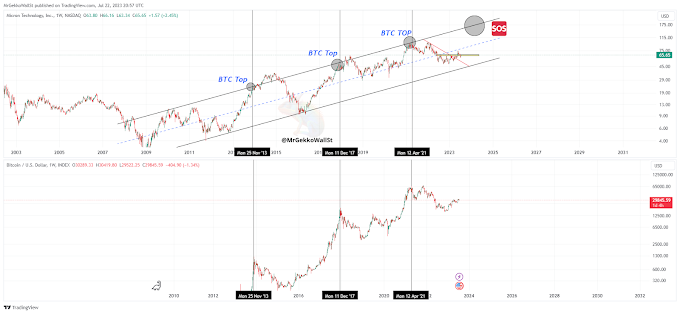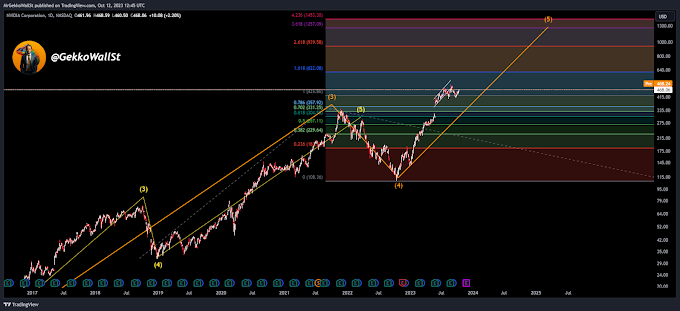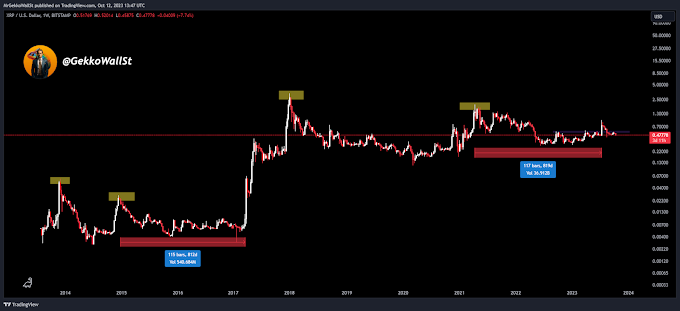When returns in the S&P 500 are greater than 10% by the end of June, the average gains within 12 months afterward stand at 12.2%. This substantial growth trend following a strong start to the year is a phenomenon that has been observed over decades in financial markets.
Considering that these consistent gains are more than sufficient for the index to reach new all-time highs by June 2024, it's not only due to the historical trend of growth after a strong start to the year but also the optimistic nature of financial markets. Investors are always on the lookout for growth opportunities, and when returns are robust, they often sustain a positive momentum that drives the stock market to historical levels.
Another important statistical insight to highlight is that historically, when first-quarter gains in the S&P 500 surpass the 7% mark, investors can expect an impressive average return for the entire year, around 23.1%. The prospect of substantial returns over the year could serve as a strong catalyst for the index to return to the highs reached in 2021 and possibly reach even higher levels.
Lastly, when the S&P 500 records a gain of over 10% by the end of July and then experiences a decline in August, this can also be a significant indicator for investors. It's interesting to note that historically, when this situation occurs, that is, when the index performs well in the first half of the year and then experiences a correction in August, the average gains by the end of December are approximately 9%.
This suggests that, although there may be a pause or a temporary correction in the index, the market tends to recover and continue its growth trajectory in the subsequent months.







